Oxidizing bleaching agents that do not contain chlorine are usually based on peroxides such as hydrogen peroxide, sodium percarbonate, and sodium perborate. These bleaches are called ‘non-chlorine bleach,’ ‘oxygen bleach’ or ‘color-safe bleach.
Reducing bleaches have niche uses, such as sulfur dioxide used to bleach wool, either as gas or from solutions of sodium dithionite; and sodium borohydride.
Bleaches generally react with many other organic substances besides the intended colored pigments, so they can weaken or damage natural materials like fibers, cloth, and leather, and intentionally applied dyes such as the indigo of denim. For the same reason, ingestion of the products, breathing of the fumes, or contact with skin or eyes can cause health damage.
Environmental impact
A Risk Assessment Report (RAR) conducted by the European Union on sodium hypochlorite conducted under Regulation EEC 793/93 concluded that this substance is safe for the environment in all its current, normal uses. This is due to its high reactivity and instability. The disappearance of hypochlorite is practically immediate in the natural aquatic environment, reaching in a short time concentration as low as 10−22 μg/L or less in all emission scenarios. In addition, it was found that while volatile chlorine species may be relevant in some indoor scenarios, they have a negligible impact in open environmental conditions. Further, the role of hypochlorite pollution is assumed as negligible in soils.
Industrial bleaching agents can also be sources of concern. For example, the use of elemental chlorine in the bleaching of wood pulp produces organochlorines and persistent organic pollutants, including dioxins. According to an industry group, the use of chlorine dioxide in these processes has reduced the dioxin generation to under detectable levels. However, respiratory risk from chlorine and highly toxic chlorinated byproducts still exists.
A recent European study indicated that sodium hypochlorite and organic chemicals (e.g., surfactants, fragrances) contained in several household cleaning products can react to generate chlorinated volatile organic compounds (VOCs). These chlorinated compounds are emitted during cleaning applications, some of which are toxic and probable human carcinogens. The study showed that indoor air concentrations significantly increase (8–52 times for chloroform and 1–1170 times for carbon tetrachloride, respectively, above baseline quantities in the household) during the use of bleach-containing products. The increase in chlorinated volatile organic compound concentrations was the lowest for plain bleach and the highest for the products in the form of “thick liquid and gel.” The significant increases observed in indoor air concentrations of several chlorinated VOCs (especially carbon tetrachloride and chloroform) indicate that the bleach use may be a source that could be important in terms of inhalation exposure to these compounds. While the authors suggested that using these cleaning products may significantly increase the cancer risk, this conclusion appears to be hypothetical:
-
- The highest level cited for a concentration of carbon tetrachloride (seemingly of highest concern) is 459 micrograms per cubic meter, translating to 0.073 ppm (part per million), or 73 ppb (part per billion). The OSHA-allowable time-weighted average concentration over an eight-hour period is 10 ppm, almost 140 times higher;
- The OSHA highest allowable peak concentration (5-minute exposure for five minutes in a 4-hour period) is 200 ppm, twice as high as the reported highest peak level (from the headspace of a bottle of a sample of bleach plus detergent).
Disinfection
Sodium hypochlorite solution, 3–6%, (common household bleach) is typically diluted for safe use when disinfecting surfaces and when used to treat drinking water.
A weak solution of 2% household bleach in warm water is typical for sanitizing smooth surfaces prior to the brewing of beer or wine.
US Government regulations (21 CFR Part 178) allow food processing equipment and food contact surfaces to be sanitized with solutions containing bleach, provided that the solution is allowed to drain adequately before contact with food, and that the solutions do not exceed 200 parts per million (ppm) available chlorine (for example, one tablespoon of typical household bleach containing 5.25% sodium hypochlorite, per gallon of water).
A 1-in-47 dilution of household bleach with water (1 part bleach to 47 parts water) is effective against many bacteria and some viruses in homes.Even “scientific-grade”, commercially produced disinfection solutions such as Virocidin-X usually have sodium hypochlorite as their sole active ingredient, though they also contain surfactants (to prevent beading) and fragrances (to conceal the bleach smell).
See Hypochlorous acid for a discussion of the mechanism for disinfectant action.
An oral rinse with a 0.05% dilute solution of household bleach is shown to treat gingivitis.
Diluted sodium hypochlorite at a rate of 2000–1 (0.05% concentration) may represent an efficacious, safe and affordable antimicrobial agent in the prevention and treatment of periodontal disease.
Color safe bleach
Color safe bleach is a chemical that uses hydrogen peroxide as the active ingredient (to help remove stains) rather than sodium hypochlorite or chlorine. It also has chemicals in it that help brighten colors. Hydrogen peroxide is also used for sterilization purposes and water treatment, but its disinfectant capabilities may be limited due to the concentration in the colorsafe bleach solution as compared to other applications.














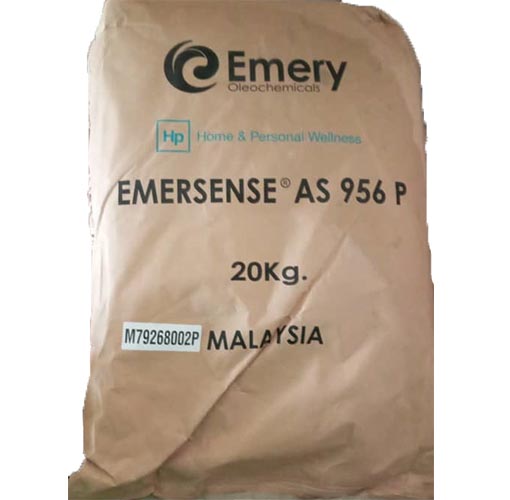
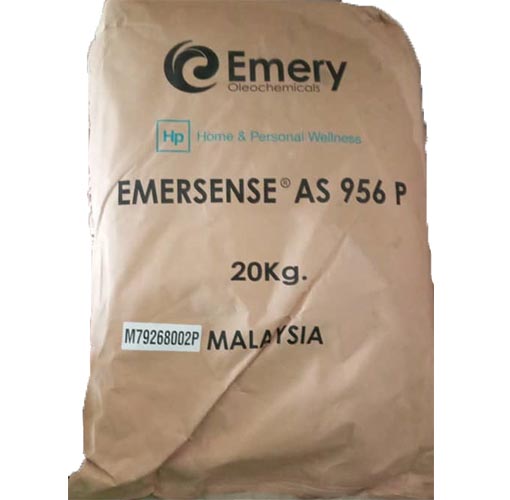


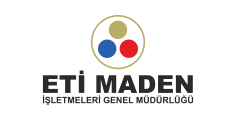
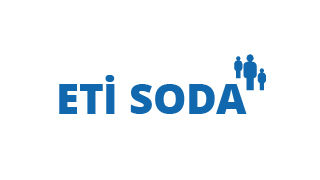
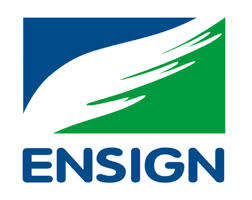


Reviews
There are no reviews yet.